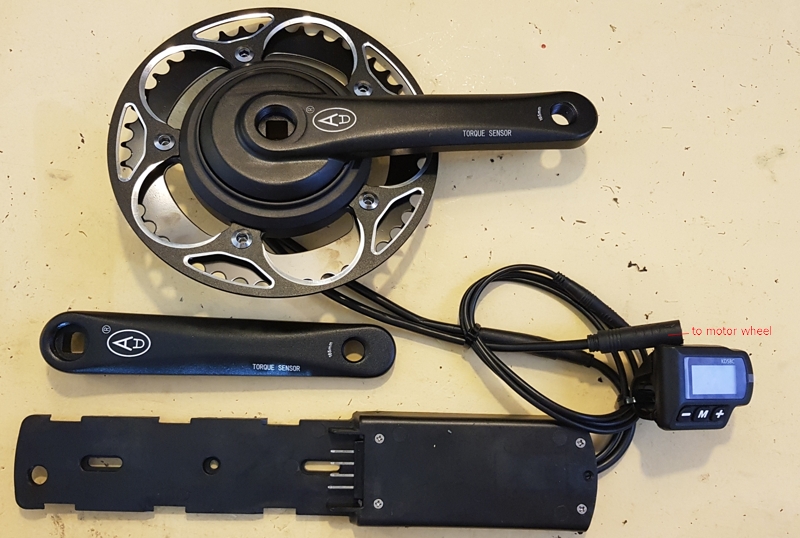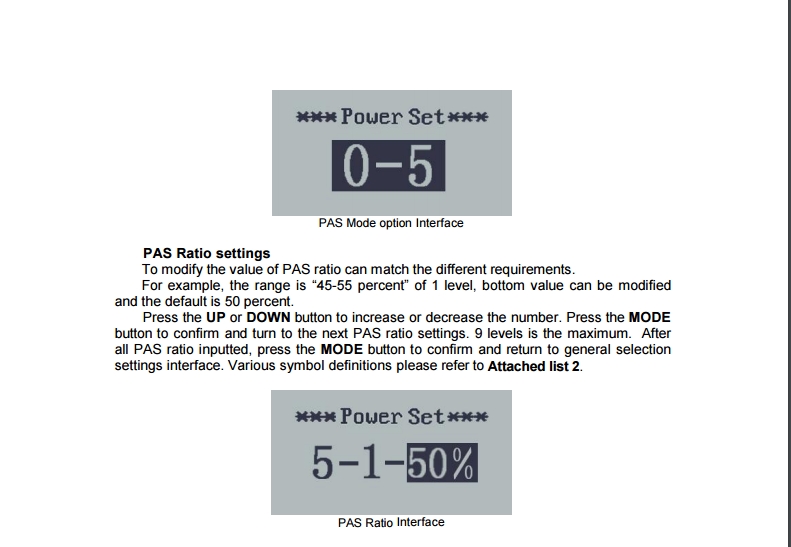Hi,
having rented an ebike recently, I'm converted. The bike we rented was a crank driven (using Bosch), but I'm thinking of converting my existing non electric tourer. The centre drive conversion options look cumbersome, so I've been looking at a front drive option but with a bottom bracket torque sensor rather than a pedal sensor (to mimic the Bosch).
Unfortunately I cannot find any UK (or European) supplier of the requisite sensors / controllers (even though i think THUN is German). The best website by far is the Canadian Grin Tech site.
Am I missing something ? Is there a reason why conversion components such as the Torque Sensor and controller are (apparently) not available this side of the pond.
I came across a similar post from 2016, but the poster managed to get hold of the sensor without finding a retailer.
I'll copy this post into the conversion kit forum.
Thanks in advance for any help.
having rented an ebike recently, I'm converted. The bike we rented was a crank driven (using Bosch), but I'm thinking of converting my existing non electric tourer. The centre drive conversion options look cumbersome, so I've been looking at a front drive option but with a bottom bracket torque sensor rather than a pedal sensor (to mimic the Bosch).
Unfortunately I cannot find any UK (or European) supplier of the requisite sensors / controllers (even though i think THUN is German). The best website by far is the Canadian Grin Tech site.
Am I missing something ? Is there a reason why conversion components such as the Torque Sensor and controller are (apparently) not available this side of the pond.
I came across a similar post from 2016, but the poster managed to get hold of the sensor without finding a retailer.
I'll copy this post into the conversion kit forum.
Thanks in advance for any help.






